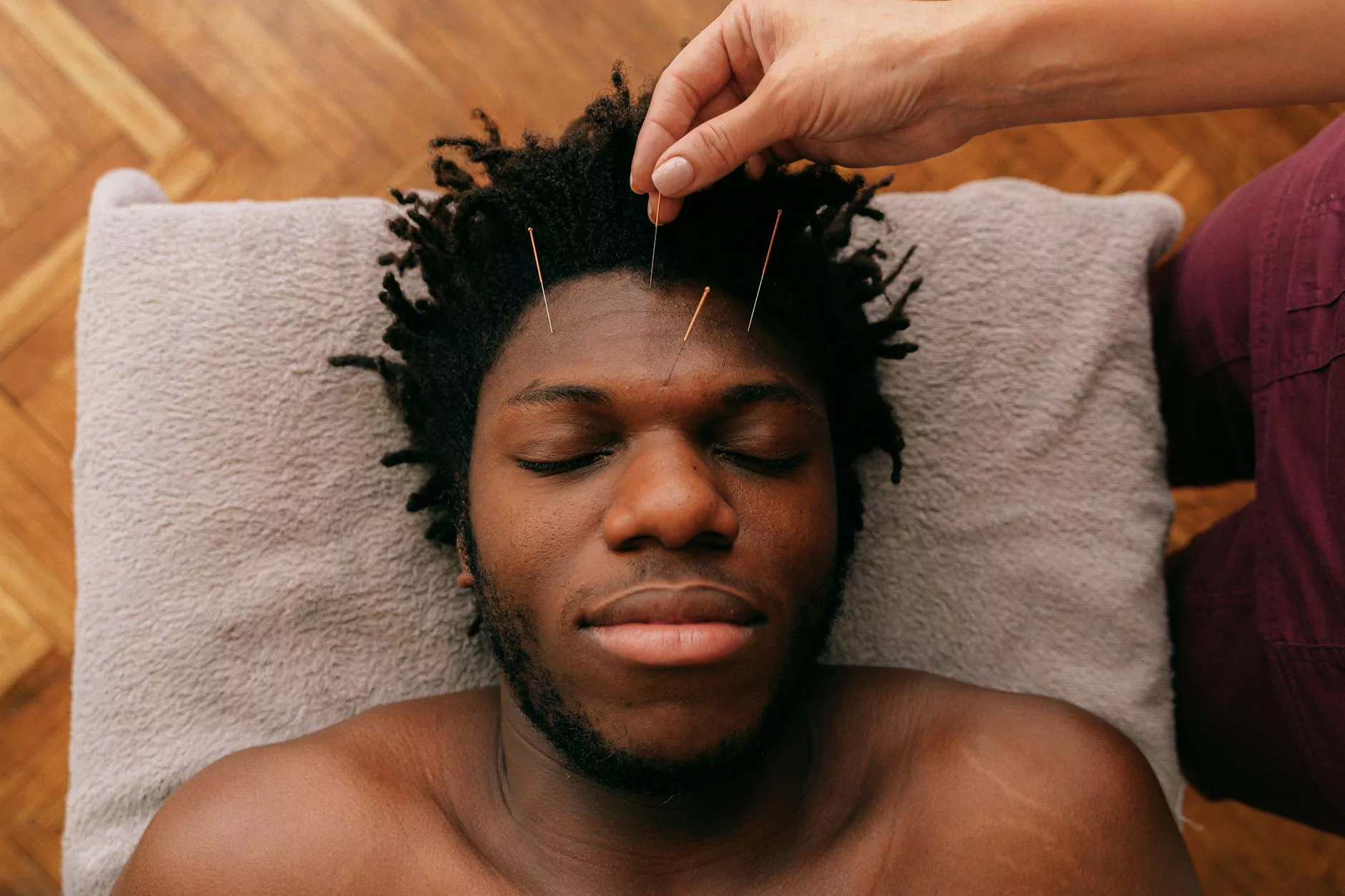Tendonitis vs Tenosynovitis: Understanding the Key Differences and Effective Treatments

Tendonitis and tenosynovitis are two common conditions that affect many people, particularly those involved in physical activities or repetitive motion jobs. Understanding the differences between these two conditions is crucial for effective treatment and recovery. This comprehensive guide will explore tendonitis vs tenosynovitis, including their symptoms, causes, treatments, and the best practices for prevention.
What is Tendonitis?
Tendonitis refers to the inflammation of a tendon, which is the thick fibrous cord that attaches muscle to bone. This condition commonly arises due to overuse, injury, or repetitive motions. Tendonitis can occur in any tendon in the body, but it is most frequently found around the shoulders, elbows, wrists, knees, and Achilles tendon.
Symptoms of Tendonitis
- Localized pain: Pain often centered around the joint.
- Swelling: Inflammation may lead to visible swelling in the affected area.
- Stiffness: Limited range of motion in the affected joint.
- Creaking or crackling sounds: A sensation of grinding or creaking may occur during movement.
- Tenderness: Pain experienced when pressing on the affected tendon.
Causes of Tendonitis
The primary causes of tendonitis include:
- Overuse: Repeating the same motion over and over can irritate tendons.
- Aging: Tendons lose elasticity with age, making them more susceptible to injury.
- Injury: Direct injuries to a tendon can result in inflammation.
- Medical conditions: Conditions such as diabetes and rheumatoid arthritis may increase the risk.
Treatment Options for Tendonitis
Treatment for tendonitis focuses on relieving pain and reducing inflammation. Common treatment methods include:
- Rest: Avoiding activities that aggravate the condition is essential for recovery.
- Ice therapy: Applying ice packs can help reduce swelling and provide pain relief.
- Physical therapy: Exercises prescribed by a physical therapist can help improve flexibility and strength.
- Medications: Nonsteroidal anti-inflammatory drugs (NSAIDs) can help manage pain and inflammation.
- Injections: Corticosteroid injections may be considered for severe cases that do not respond to other treatments.
What is Tenosynovitis?
Tenosynovitis is the inflammation of the sheath that surrounds a tendon (the synovial membrane). This condition is often linked to tendonitis but can occur without tendonitis as well. Like tendonitis, tenosynovitis can affect any tendon but is particularly common in the hands and feet.
Symptoms of Tenosynovitis
- Pain: Affected individuals may experience pain along the tendon, especially during activity.
- Swelling: There may be notable swelling of the tendon sheath.
- Difficulty moving: Movement of the joint may be restricted.
- Stiffness: Increasing stiffness in the affected area, particularly after periods of inactivity.
Causes of Tenosynovitis
Common causes of tenosynovitis include:
- Overuse or repetitive movement: Just like tendonitis, repetitive motion can contribute to tenosynovitis.
- Infection: Bacterial infections can lead to infectious tenosynovitis.
- Underlying medical conditions: Conditions like rheumatoid arthritis and gout can increase the likelihood of developing tenosynovitis.
Treatment Options for Tenosynovitis
Much like tendonitis, the treatment plan for tenosynovitis includes:
- Rest: Halting activities that provoke pain.
- Ice application: Keeping the affected area iced to reduce inflammation.
- Medication: NSAIDs for pain management.
- Antibiotics: If the tenosynovitis is caused by a bacterial infection, appropriate antibiotics will be effective.
- Physical therapy: Rehabilitation exercises to restore movement and strength.
Key Differences Between Tendonitis and Tenosynovitis
While tendonitis and tenosynovitis share several similarities, they have distinct differences that set them apart:
- Location of Inflammation: Tendonitis is the inflammation of the tendon itself, whereas tenosynovitis refers to inflammation of the tendon sheath that surrounds the tendon.
- Causes: Although both can arise from overuse and trauma, tenosynovitis may also occur due to infections.
- Symptoms: Symptoms may overlap, but tenosynovitis may present more with swelling along the sheath and decreased mobility.
- Treatment Protocols: Although similar, the specific treatment may vary based on the underlying cause.
Diagnosis of Tendonitis vs Tenosynovitis
Proper diagnosis is key to effective treatment. A healthcare professional will typically conduct a physical examination and may recommend imaging tests such as:
- X-rays: To rule out fractures or bone abnormalities.
- Ultrasound: To visualize tendon and sheath inflammation.
- MRI: For detailed imaging and assessment of soft tissues.
Prevention of Tendonitis and Tenosynovitis
Preventing tendonitis and tenosynovitis revolves around minimizing the risk factors. Consider the following preventive measures:
- Proper warm-up: Always warm up before physical activity to prepare your muscles and tendons.
- Active breaks: If your job involves repetitive movements, take frequent breaks to rest and stretch.
- Ergonomic adjustments: Ensure your workspace is designed to minimize strain on your tendons.
- Hydration: Drink plenty of water to keep your tissues hydrated and healthy.
- Strength training: Regular strength training can help support and protect your tendons.
When to Seek Professional Help
If you experience persistent pain, swelling, or mobility issues, it is essential to consult with a healthcare professional. They can offer a personalized assessment and treatment plan suited to your situation. Early intervention can prevent severe conditions and enable a faster recovery.
Conclusion
In conclusion, understanding the differences between tendonitis and tenosynovitis is vital for accurate diagnosis and treatment. While both conditions involve inflammation and can be similar in symptoms, they have unique causes and treatments that must be taken into account. By taking preventive measures and seeking appropriate care, individuals can successfully manage these conditions and maintain an active, healthy lifestyle.
For more information and specialized treatment options, consider reaching out to a healthcare provider or a professional expert in physical therapy, especially in the context of iaom-us.com. They can assess your condition and help you develop a plan for recovery and prevention tailored to your needs.









